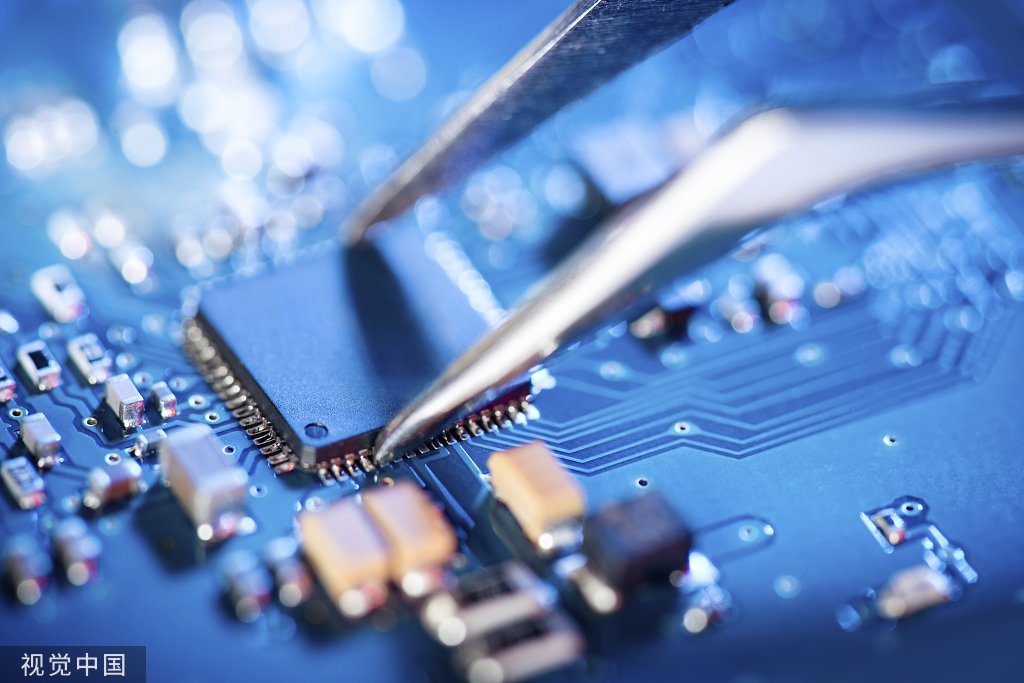Introduction
Flexible Printed Circuit Boards (Flex PCBs), crafted by adept flex PCB manufacturers, represent a key advancement in the electronics industry. Unlike their rigid counterparts, flex PCBs can bend, twist, and fold, enabling them to fit into spaces where traditional boards cannot. This adaptability makes them an essential component in many modern electronic devices, from smartphones to sophisticated medical equipment. Manufacturing flex PCBs, however, presents unique challenges, requiring precision and innovation. This article delves into the intricate process of flex PCB manufacturing, highlighting the steps and considerations that ensure these components function reliably in various applications.
Section 1: The Basics of Flex PCBs
Flex PCBs are defined by their ability to conform to different shapes and alignments within electronic devices. This flexibility is achieved through the use of special materials and manufacturing processes. The main advantage of flex PCBs lies in their versatility; they can be designed to fit into tight or unconventional spaces, making them ideal for compact and complex electronic designs. Their applications range from small consumer electronics to critical aerospace systems, underscoring their importance across a broad spectrum of industries.
Despite their advantages, the manufacturing of flex PCBs demands a higher level of precision compared to rigid PCBs. The choice of materials, design intricacies, and production techniques all play pivotal roles in determining the performance and reliability of the final product. It’s this careful balance of flexibility, durability, and functionality that sets flex PCBs apart in the world of electronics.
Section 2: Design and Prototyping
The design phase of flex PCBs is critical. It requires a thorough understanding of both the electrical requirements and the mechanical constraints of the end product. Designers often use advanced software tools to simulate the behavior of the flex PCB under different conditions. This phase ensures that the PCB will not only fit within its intended space but also perform reliably throughout its lifespan.
Prototyping is an essential step in the flex PCB manufacturing process. It allows designers and engineers to test their designs in real-world conditions, identifying potential issues before moving to mass production. It involves not only electrical planning but also considering the mechanical stress that these boards will endure. Quick turn PCB prototypes play a vital role in this phase, allowing designers to test and refine their designs efficiently. This step is crucial in ensuring that the final product, whether it’s for a simple PCB board project or a complex microcontroller PCB design, meets all performance criteria.

Section 3: Key Materials Used in Flex PCB Manufacturing
The choice of materials is a critical factor in the manufacturing of flex PCBs. The most common substrate used is a type of polymer known as polyimide due to its excellent flexibility and heat resistance. Copper is typically used as the conductive material, offering a favorable combination of conductivity and flexibility. In comparison to rigid PCBs, which often use materials like FR4 (a glass-reinforced epoxy laminate), flex PCBs require materials that can withstand bending and folding without compromising electrical integrity.
The selection of these materials is not just a matter of flexibility; it also involves considering factors like thermal stability, signal integrity, and overall durability. As such, the manufacturing process for flex PCBs must be carefully tailored to suit these materials, ensuring that the final product can withstand the stresses it will encounter in its working environment.
Section 4: The Manufacturing Process Step-by-Step
The manufacturing process of flex PCBs starts with creating the circuit pattern. Techniques like photolithography are used to transfer the circuit design onto the substrate. This process requires precise control to ensure the accuracy of the circuit paths, especially given the flexible nature of the substrate.
The next steps involve layering and lamination for multi-layer flex PCBs, followed by drilling and plating to create vias and interconnections between layers. Each of these steps must be carried out with precision to avoid damaging the delicate materials. The final stages include etching, where unwanted material is removed, and finishing, which may involve applying a protective coating or additional conductive elements.
Section 5: Testing and Quality Assurance
Testing is a crucial part of the flex PCB manufacturing process. Tests are conducted to ensure that the PCBs meet all electrical and mechanical specifications. These tests might include electrical performance testing, stress testing to assess flexibility limits, and environmental testing to ensure stability under various conditions.
Quality assurance in flex PCB manufacturing is not just about testing the final product; it’s an ongoing process throughout production. From inspecting the raw materials to monitoring each manufacturing step, quality assurance is integral to producing reliable and high-performing flex PCBs. This rigorous testing and inspection help to identify and rectify any issues early in the manufacturing process, thereby reducing the risk of failure in the field.
Section 6: Challenges and Solutions in Flex PCB Manufacturing
Manufacturing flex PCBs presents unique challenges. The materials are more sensitive to handling and environmental factors, and the need for precision is heightened due to the flexible nature of the product. These challenges require specialized equipment and skilled technicians to manage the production process effectively.
In response to these challenges, PCB layout services and manufacturers continuously refine their techniques to address these challenges, ensuring the production of high-quality flex PCBs. These include advancements in material technology, more accurate and efficient manufacturing equipment, and improved design and simulation tools. These advancements not only address the existing challenges but also open up new possibilities for the application of flex PCBs in various fields.
Conclusion
The flex PCB manufacturing process, a domain expertly handled by the best PCB manufacturers and PCB assemblers, is a testament to the intricate and innovative world of electronic manufacturing. As demand for more versatile and resilient electronics grows, the role of flex PCBs becomes increasingly significant. The expertise in electronic hardware design and PCB design services plays a pivotal role in pushing the boundaries of what’s possible in modern electronics.
Call-to-Action
For those intrigued by the intricacies of flex PCB manufacturing or looking to explore its applications further, delving into the latest technological advancements and industry trends can provide valuable insights. The world of flex PCBs is a testament to the incredible capabilities and ongoing evolution of electronic manufacturing.
Choosing the Right Wires for Breadboard Wiring: A Comprehensive Guide
Breadboards are a staple in electronic circuit building, offering flexibility and ease of use for both beginners and professionals. However, one of the most critical aspects of working with breadboards is selecting the right wires. The wires you choose can impact not only the functionality of your circuit but also its longevity and ease of…
How to Improve Heat Dissipation in PCB Design
Introduction As modern electronic devices become more complex and power-dense, heat dissipation has emerged as a critical factor that directly impacts device performance and reliability. Excessive junction temperatures in electronic systems can shorten the lifespan of components and lead to system failure. Thus, optimizing the PCB (Printed Circuit Board) design to improve heat dissipation is…
Manufacturing Process of Multilayer PCBs
Multilayer PCB manufacturing methods include the plated-through hole (PTH) and high-density interconnect (HDI) methods, both achieved by combining different processes to realize the circuit board structure. Currently, the most widely used method is the PTH method, which has been developed and refined over more than half a century. The PTH method is mature in terms…


